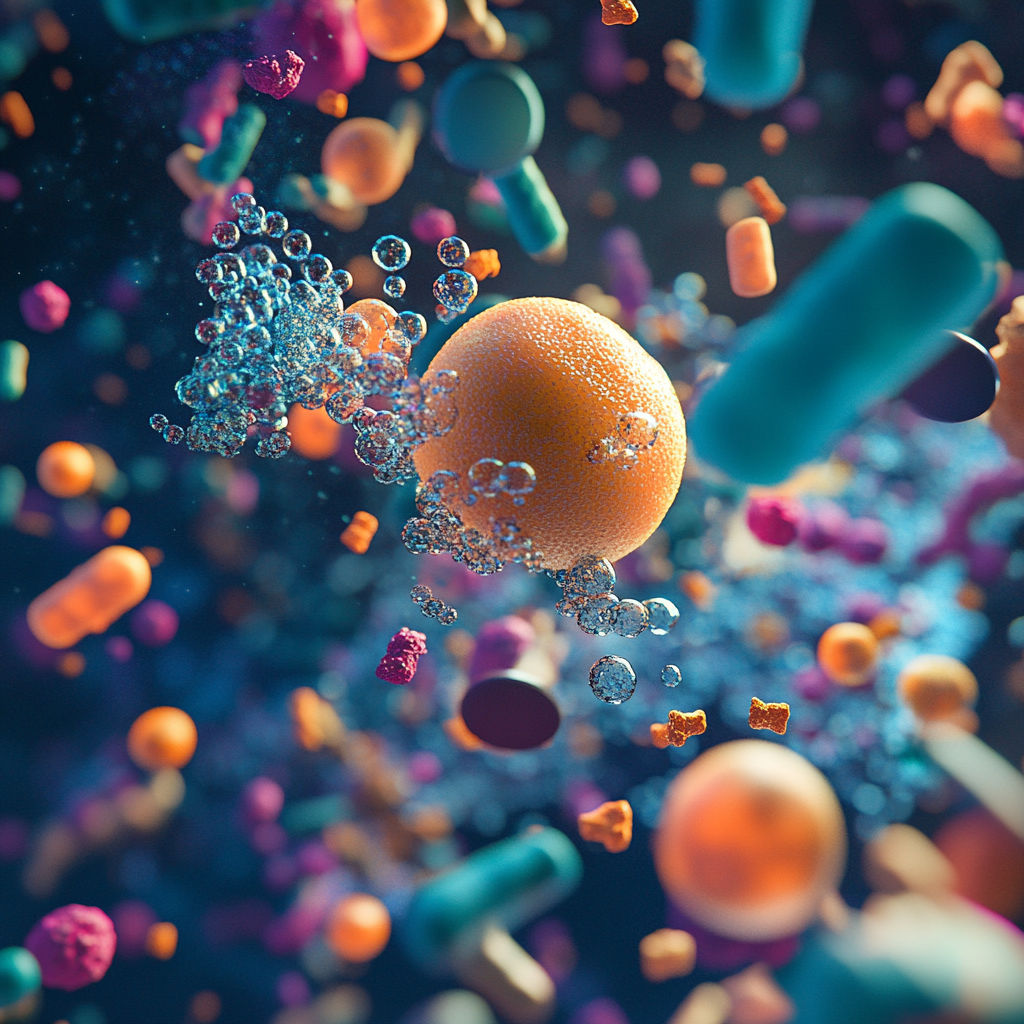Nanoplastics are even smaller than microplastics, measuring less than 1 micrometer. These minuscule particles can penetrate deeply into biological tissues and cells, posing significant health risks. Recent research has shed light on the presence of nanoplastics in the environment and their potential impact on human health.
What Are Nanoplastics?
Nanoplastics are created from the degradation of larger plastic debris. Due to their tiny size, they can be ingested or inhaled more easily than larger plastic particles. Once inside the body, they can cross biological barriers, such as cell membranes and the blood-brain barrier, leading to potential health issues.
Health Risks of Nanoplastics
- Toxic Chemical Exposure:
- Nanoplastics can carry harmful chemicals, including additives used in plastic manufacturing like phthalates and bisphenol A (BPA). These chemicals can leach out of the plastics and into the body, disrupting endocrine functions and potentially causing hormonal imbalances.
- Oxidative Stress and Inflammation:
- Studies have shown that nanoplastics can induce oxidative stress and inflammation at the cellular level. This can lead to tissue damage and contribute to chronic diseases, including cardiovascular diseases and cancer.
- Cellular Damage:
- Research indicates that nanoplastics can cause cellular damage, including DNA damage, which may increase the risk of cancer and other health problems. Their small size allows them to interact with cellular structures in ways that larger particles cannot.
- Bioaccumulation:
- Nanoplastics can accumulate in the body over time, leading to a buildup of plastic particles in tissues and organs. This bioaccumulation can have long-term health implications, although more research is needed to fully understand these effects.
Why You Should Care
- Health Risks: Nanoplastics can enter your bloodstream and organs, causing unknown long-term effects.
- Ubiquity: They are present in everyday items and the environment, making exposure almost inevitable.
Take Action
- Reduce Plastic Use: Minimize your use of plastic products and opt for alternatives like glass, stainless steel, and natural fibers.
- Support Policies: Advocate for policies that limit plastic production and waste, and support research into safer alternatives.



